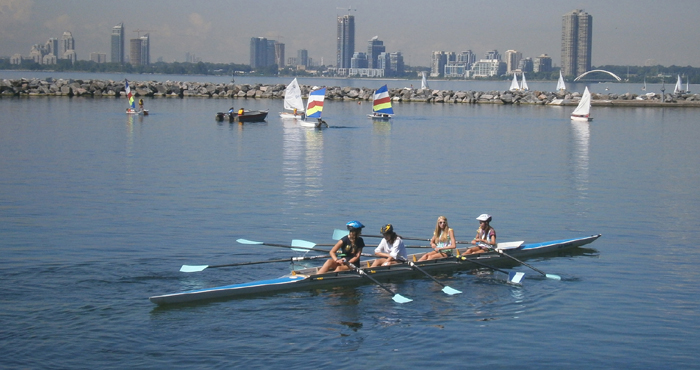
People suffering from asthma don’t usually engage in physical exercise or sports because they fear their symptoms might get worse and the subsequent breathing problems may affect their state of health. Specialists all over the world say that people with asthma shouldn’t disregard physical activity out of fear. On the contrary, many specialists recommend sports and exercises to alleviate the symptoms and even gain better control of their asthma.
There are many types of exercises which have a positive impact on a person’s state of overall health with the added benefit of relieving asthma symptoms: walking, swimming, baseball, golf, yoga, Pilates, aerobics, running the treadmill, softball and so on. But if you sat on the bench for many years, you can’t engage in intensive physical exercise all of a sudden. Today we will take a look at some tips, tricks and recommendations on how to ease your way into sports when you suffer from asthma and you lack physical training for quite some time.
Minor Lifestyle Changes, Major Benefits
A sedentary lifestyle is the root of all evil in health experts’ opinion and asthma allows people to sit aside and avoid effort and physical training. However, there are some minor changes you can make to boost your health, stay fit and begin working your body to be able to engage in sustained effort in the future.
- Walk instead of taking the car or other means of transportation on short distances – going to the market or pay the bills.
- Get off the bus a stop earlier and engage in a brisk walk towards home.
- Take a walk in a park at a slow pace – only avoid pollen season – and sit on a bench to cool down every ten minutes.
- Walk the dog at a slow pace.
- Take the stairs instead of the elevator and pause whenever you feel your breathing giving you troubles.
- Do small and effortless chores around the garden – avoid pollen season as well.
- Walk the treadmill a few minutes each day.
- Try to engage in some moderate physical exercises while you are at the beach or on vacation – the salty air and some warm-up exercises will prepare your body for more sustained effort.
When you suffer from asthma you usually follow an asthma control plan provided to you by your GP or asthma specialist, you follow the recommended natural treatments for asthma at home and you keep your inhaler within reach. Such good behaviors shouldn’t be left aside once you start exercising, especially if you were on the sedentary side of life for many years. However, there are some tips and tricks you can employ to start living a more active life without fearing asthma attacks.
How to Control Asthma While Exercising?
If you begin with an easy aerobics program in your living room, keep your inhaler close. If asthma symptoms show up stop exercising, use the inhaler and wait for the symptoms to fade away before you start again.
No matter what type of exercise you engage in (walking, yoga or swimming) allow yourself plenty of cool-down moments which alternate with the warm-up moments. Studies show that people with asthma respond better to start-and-stop activities, this is why you should jog, run, jump the rope or do Pilates in short sessions followed by resting ones.
Stick to indoors activities during those cold fall or winter days, during pollen season and high-pollution days. If you need to go outside during those times, keep your head, nose and mouth covered when it is cold and keep your workout short and exercise only during the morning during high-pollution days.
Always do some warm up before you begin any type of exercise and do some stretching to allow your body some flexibility.
If you get to choose, try engaging in a swimming program for beginners. Swimming is an excellent sport that builds and strengthens your body. Moreover, you get to breathe highly humid air that is usually warm, thus alleviating your asthma symptoms. Being performed in a horizontal position, swimming allows your lungs to clear off the mucus that stacks at their bottom. The only problem with swimming is the pool water chlorine – if you can smell it before going into the pool, you’d better not swim there.
Health specialists recommend moderate physical exercises to relive asthma symptoms and sustained lifestyle changes to overcome the fear and improve your general state of health. Always check with your doctor before engaging in a training program. If you go to a professional provider of training, talk to your instructors and trainers about your asthma problems so they can recommend the best types of exercises for you.